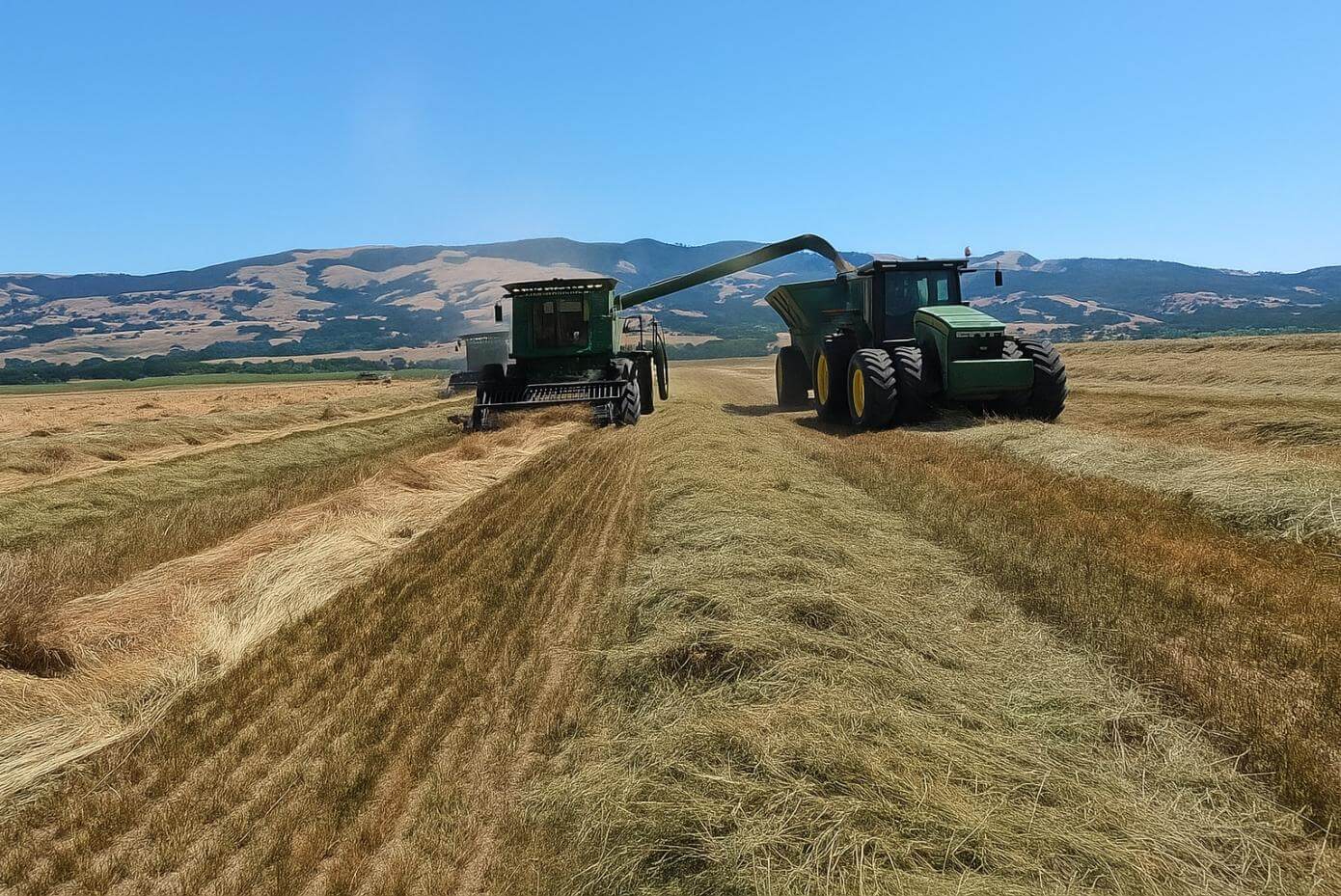Crop Update
One of the key reasons the Willamette Valley remains the world’s premier source for cool-season grasses is our reliably dry, low-humidity summers. In June and July, minimal moisture lets growers windrow, sun-dry, and harvest with minimal seed loss due to shatter, moisture or disease. This summer’s near-perfect conditions have allowed farmers to harvest at full speed. However, that’s only part of the picture —an unusually dry April and May has adversely affected yields on some early-flowering varieties. Below is a snapshot of a few key crops:
Orchardgrass and Improved Forage Tall Fescue
Early cleaning reports indicate significantly lower yields in the improved forage tall fescue and orchardgrass crops. Both categories have minimal to no carryover. Expect limited availability and strong pricing. Some varieties will face allocation.
Kentucky 31 and Fawn
While overall supply is expected to be sufficient, lower yields and good movement have strengthened market value and changed grower sentiment, creating fresh difficulty in pricing and movement. Until growers are more willing to sell and more seed is cleaned, we are in a shipping/pricing jam.
Annual Ryegrass
Yields are reported to be slightly below average, with the earliest flowering varieties more adversely affected than the later varieties. Excellent harvest conditions have seed flowing rapidly through the cleaners, equaling a strong early demand. Market is stable, but strong.
Crimson, Red, and White Clover
Crimson demand is good; harvest appears to be adequate for now. Market value has risen but feels stable. While too early to tell, red clover fields look promising; harvest will begin soon. White clover harvest is just beginning and looks to be a train wreck. The April-May heat and dry weather appears to have caused severe problems at the flowering stage resulting in high numbers of blank seeds. Additionally, New Zealand and Australia harvests were terrible. Market value for carryover seed is up, and supply is rapidly diminishing
Turf Tall Fescue and Turf Perennial Ryegrass
Seed yields are expected to be collectively below average for both these crops, with some fields down significantly and others closer to average. Carryover seed will supply early demand, allowing farmers to focus their cleaning efforts on other crops that will ship promptly. Market value for both these sectors has eroded severely over the past year. Now that seed is beginning to move, we expect to see market stabilization soon.
August is our busiest month. Plan ahead as you can. Embrace volatility as a friend. Sell lots of seed. We are here to help you succeed. Thank you for letting us serve you!
